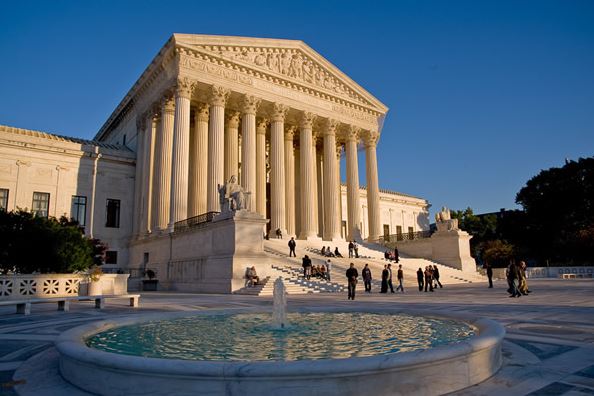
Here”™s a delicious riddle: What key Hudson Valley industry hides in plain site?
The answer is agriculture, perhaps the region”™s signature industry, but one that has been taken for granted for what seems like generations. Now, as part of an ambitious effort to follow up the quadricentennial celebration with advances in key aspects of regional interest, a food and agricultural task force has issued recommendations to ensure that Hudson Valley farms thrive as new appreciation for local food sweeps New York and the nation.
As a legacy project from last year”™s 400th anniversary of Henry Hudson”™s 1609 voyage, the Quadricentennial Commission organized a listening tour last autumn that shaped work done in six major areas of interest to residents and businesses: agriculture, land use, transportation, culture and education, economic development, and finally, “mechanisms for action” to examine ways to  promote regional well being. In coming weeks, reports will be issued on each topic at the interactive website, OurHudson.org.
“It”™s kind of a new town hall meeting,” said Nancy Gold, who is working with the Commission and related groups to publicize the listening tour and its results, including the website. “It”™s an attempt to create a central place where people can enter into the conversation to help shape the future of the Valley.”
First out of the gate is the draft agenda for enhancing regional agriculture.
“Farming and agriculture are central to the identity of the valley, but we tend to take them for granted,” said Judith LaBelle, task force chairwoman and president of Glynwood, an organization based in Cold Spring that seeks to promote farms and farmers.
LaBelle said the Hudson Valley is ideally positioned to profit from the growing interest in local food. “The Hudson Valley’s living heritage of family farms producing high quality food right in the midst of a major metropolitan market is a resource that many other regions of the country envy,” LaBelle said. “We hope that this work will help encourage recognition of this ‘invisible economy’ and galvanize action to support and enhance it.”
The Task Force agenda puts forward five propositions to preserve and enhance agriculture and food production in the Hudson Valley in the future. The first proposition: “Recognize and support food and farming as critical elements of the region’s economy and quality of life.”
From there the task force wants to preserve and increase the agricultural land base, increase public and private investment supporting the agricultural economy, cultivate a strong Hudson Valley-grown regional identity and “examine and revise policies on every level” to encourage regional agriculture.
Hudson Valley agricultural efforts literally can lead the nation and the world to a better paradigm of food production, say local agriculture experts. Rather than depend on the sometimes ecologically problematic factory farms of agribusiness that often do mono-cropping, the Hudson Valley has an array of agricultural businesses on small- to medium-sized farms that seem to fit into the landscape instead of altering it.
“The Hudson Valley is universally recognized as a world-class landscape producing world-class food,” according to the task force report available at OurHudson.org. “The Hudson Valley and the Napa Valley are coastal brackets for a country that has rediscovered its respect for food and for the people, water and land that produce it.
“The Valley stands as a national model for how the many and complex components of a major metropolitan region can work together to support a food and agricultural system that benefits all its residents,” the report concludes.


















